Luis Barragán’s life spanned the greater part of the twentieth century, a period of tremendous change and turmoil not just in Mexico but around the world. As his country gained importance in a geopolitical context, Barragán was a witness to political, urban and economic transformation.
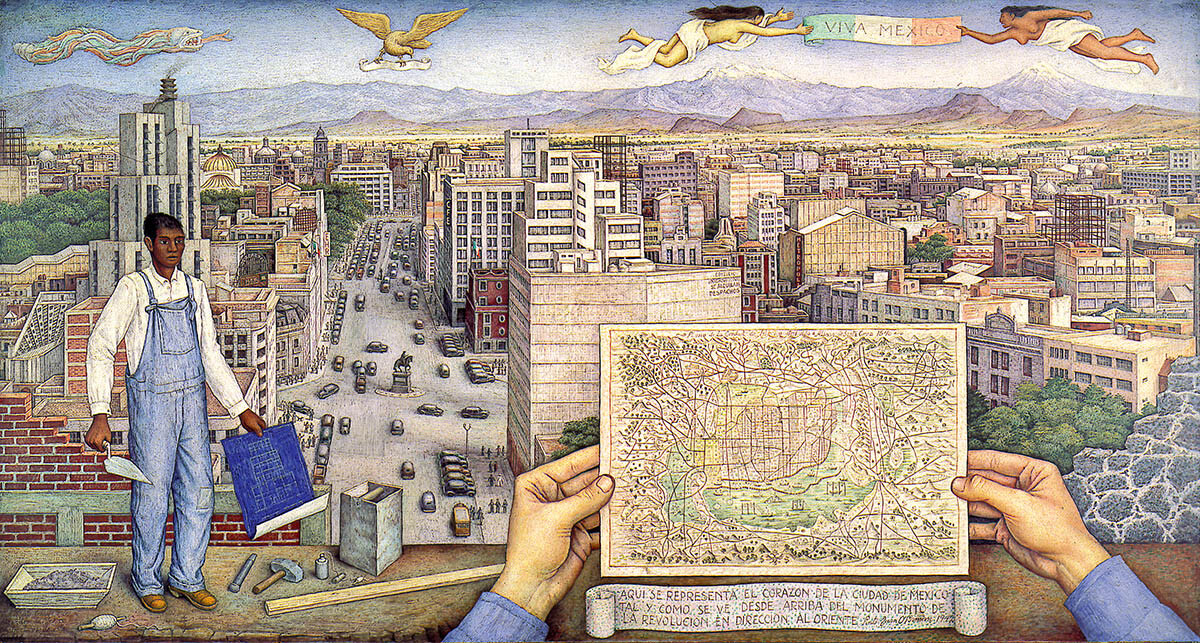
1902
Luis Barragán is born in Guadalajara, in the Mexican state of Jalisco, on 9 March as the third child of Juan José Barragán and Ángela Morfín. The family, which eventually grows to nine children, owns large expanses of land including a ranch in the Sierra del Tigre. The young Barragán spends the early years of his life on the ranch and develops a passion for horses. He attends school in Guadalajara.
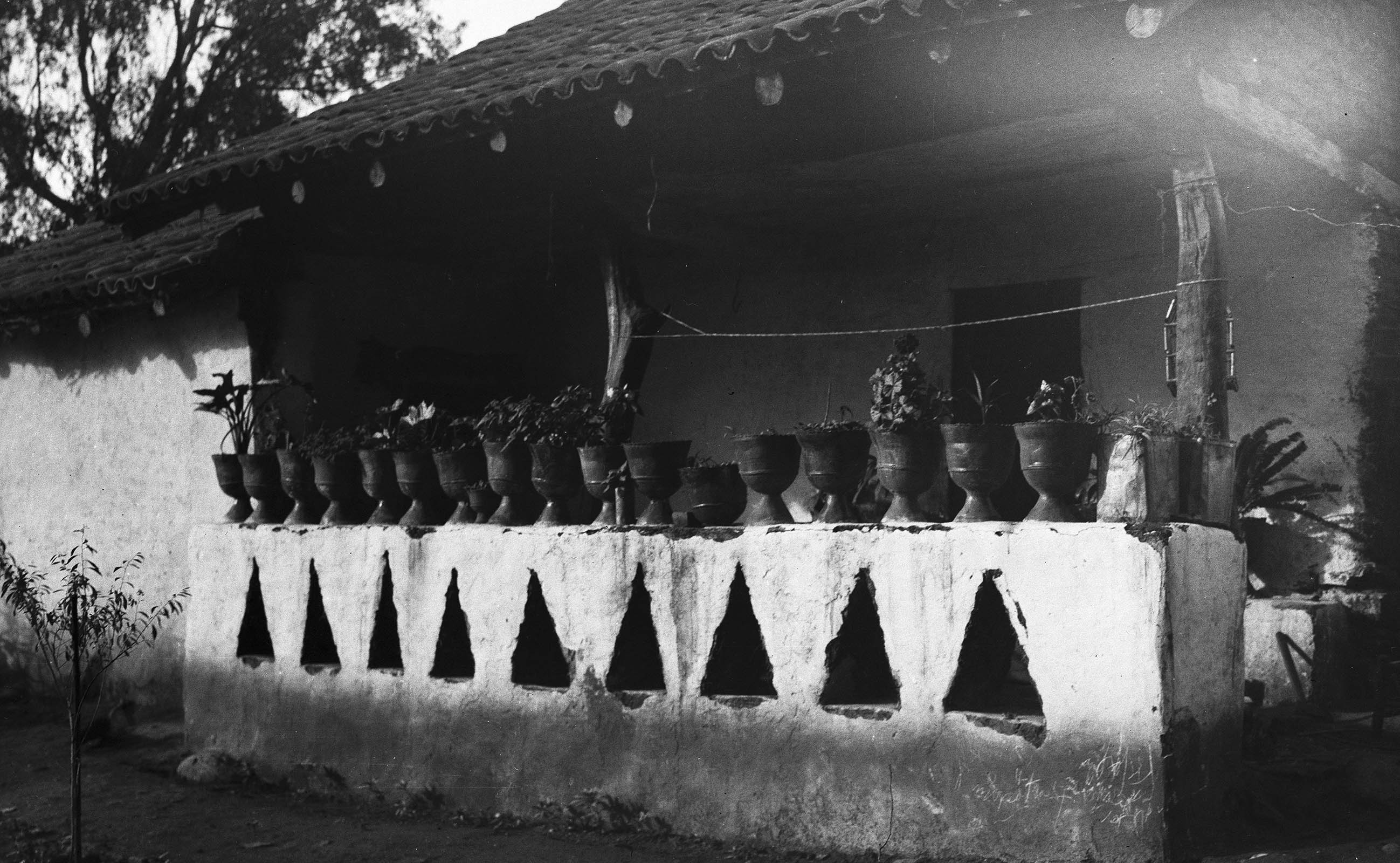
1919
Barragán begins engineering studies at the Escuela Libre de Ingenieros in Guadalajara. During his university years, he develops friendships with Rafael Urzúa and Ignacio Díaz Morales. Both men will collaborate with him on future projects, especially in the early years of his career.
1923
Barragán completes his engineering degree. He continues his studies under Professor Agustín Basave with the aim of earning a degree in architecture.
1924–1925
In May 1924, Barragán travels to Europe, where he visits Paris, London and Granada, among other cities. He learns about the work of Ferdinand Bac through the books Les Colombières and Jardins Enchantés. He returns to Mexico in autumn of 1925.
1925
Despite having his thesis approved by Agustín Basave, Barragán is not able to receive his architecture degree due to the reorganization of the university system in Guadalajara.
1926
Barragán begins working for several building contractors, including his brother Juan José Barragán, in Guadalajara.
1930
In January, Barragán accompanies his father, Juan José Barragán, to the United States for medical treatment. His father passes away in Chicago, Illinois, on 17 February.
1931
In February, the ongoing land reforms lead to the expropriation and redistribution of Rancho Corrales, the Barragán family estate in Jalisco.
Barragán travels to New York City, where he stays for three months. There he meets the architect Frederick Kiesler, the artist José Clemente Orozco, who is currently working on murals for the New School for Social Research, and Alfred Lawrence Kocher, managing editor of the Architectural Record.
On 18 June, Barragán boards the steamship Lafayette and sails from New York to Le Havre, France. His subsequent tour of Europe includes France, Spain, Italy and Germany.
Barragán meets Ferdinand Bac in Ville-d’Avray, France, on 16 August. Afterwards he travels to Italy, visiting Assisi and Rome.
In September, Barragán travels to the Côte d’Azur at the invitation of Ferdinand Bac to visit Les Colombières, a villa with interior decorations and elaborate gardens designed by Bac.
On 30 October, Barragán briefly meets Le Corbusier in Paris and receives three letters of introduction for his visits to the Villa Savoye, Villa Stein and Armée de Salut building.
Barragán’s early works in Guadalajara are published for the first time in the magazines Architectural Record and House & Garden.
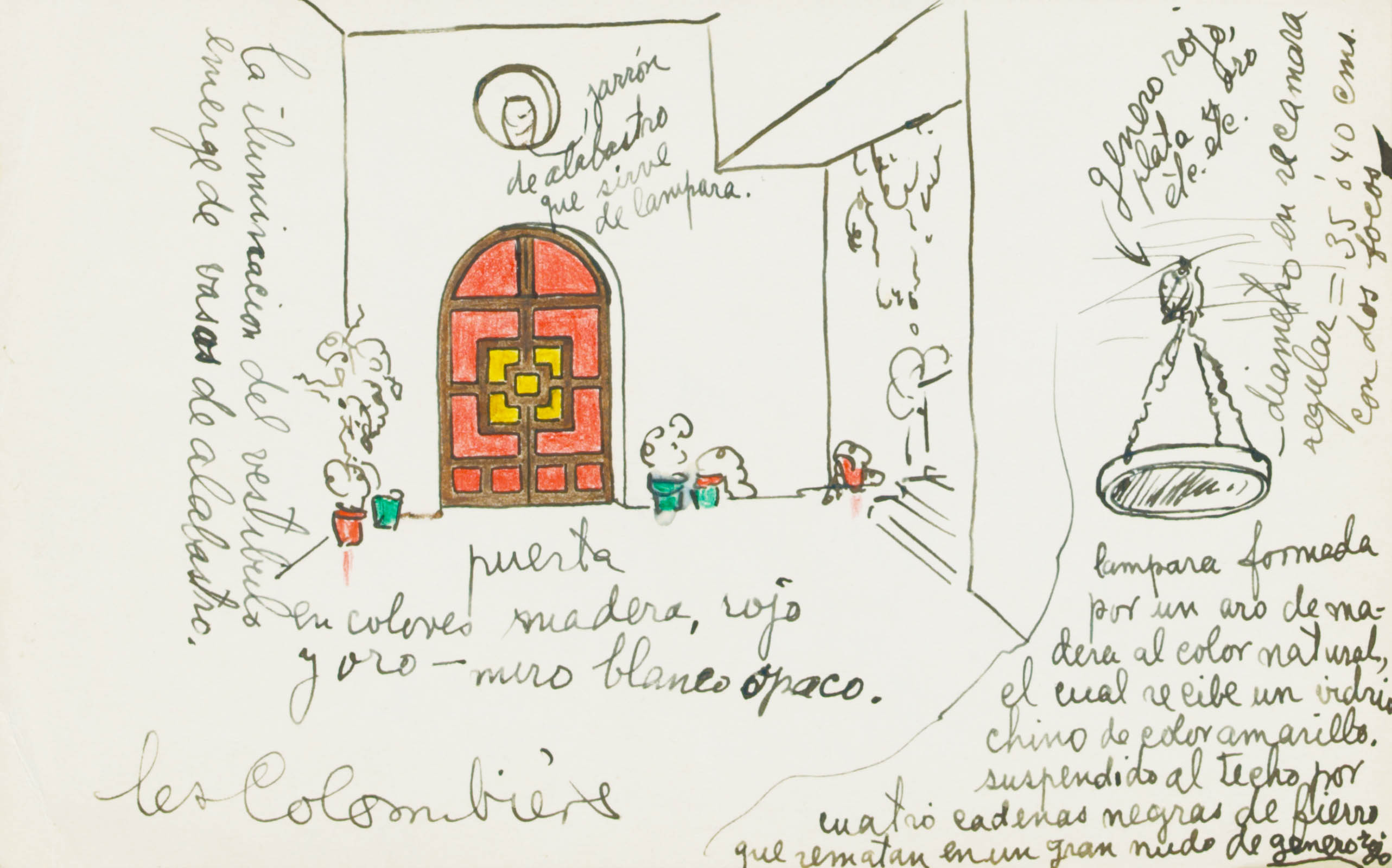


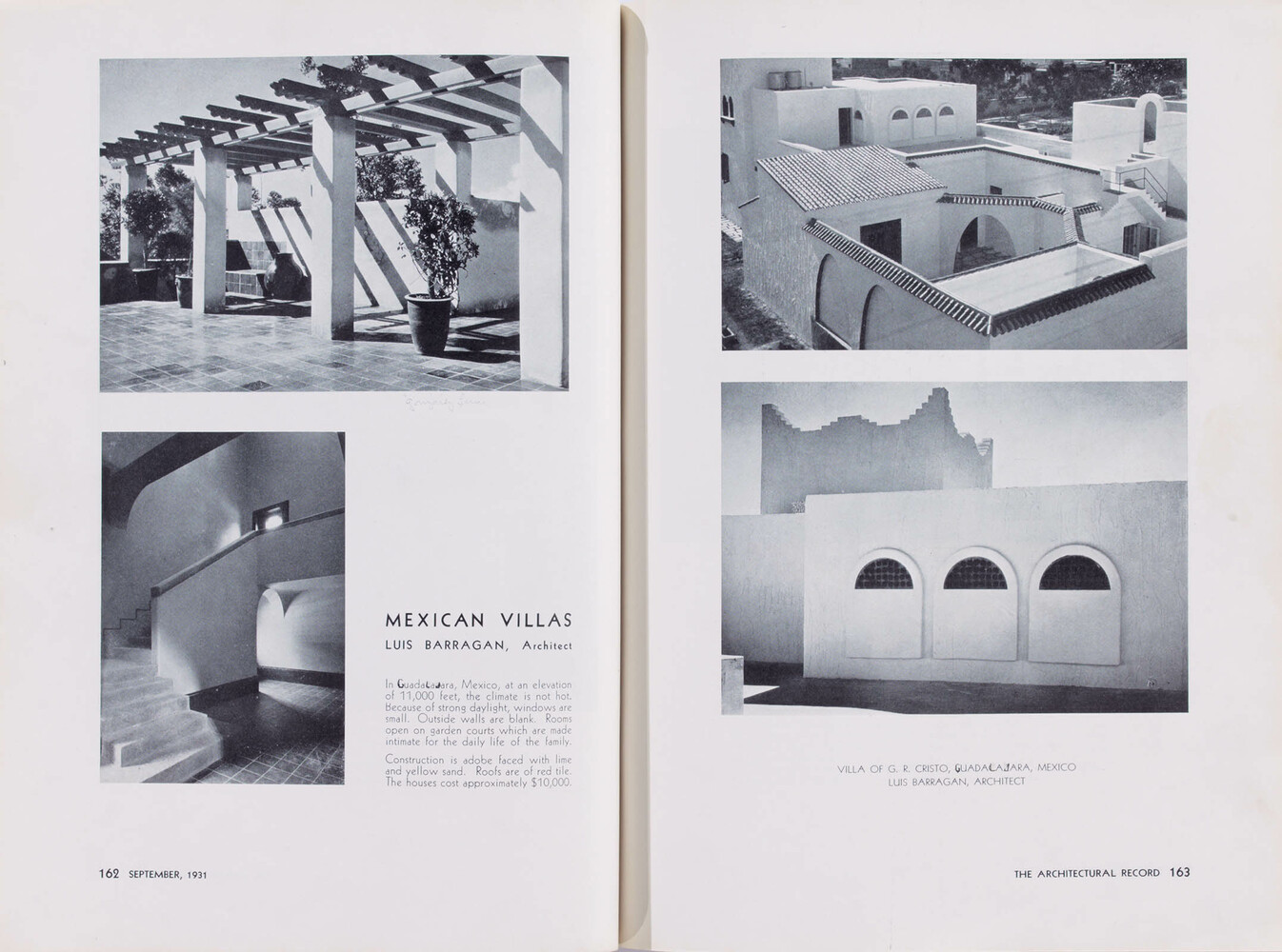

1932
In May, Barragán returns to Mexico.
1935
Barragán moves to Mexico City.
1936
The land reform initiated by President Lázaro Cárdenas brings an end to the Barragán family’s extensive land ownership.
1937
Barragán meets Richard Neutra on the occasion of a lecture held in Mexico City by the Austrian-American architect on 21 December. Together they visit the recently built Pizarro Suárez House designed by Luis Barragán.
Early 1940s
Barragán decides to give up working by commission and devotes himself to the development of independent architectural and urban projects and the design of gardens.
1940s
Barragán involves his friend and fellow townsman Jesús “Chucho” Reyes as a trusted advisor and consultant in some of his first independent projects. Barragán becomes friends with the muralist Xavier Guerrero and his wife, the designer Clara Porset.
1943
In October, Barragán moves into the Barragán House and Gardens at 20 Calle Francisco Ramírez in Mexico City, his first self-designed residence.
Barragán acquires properties and starts to create a series of experimental gardens in a rural area south of Mexico City, next to a vast lava expanse known as El Pedregal de San Ángel.
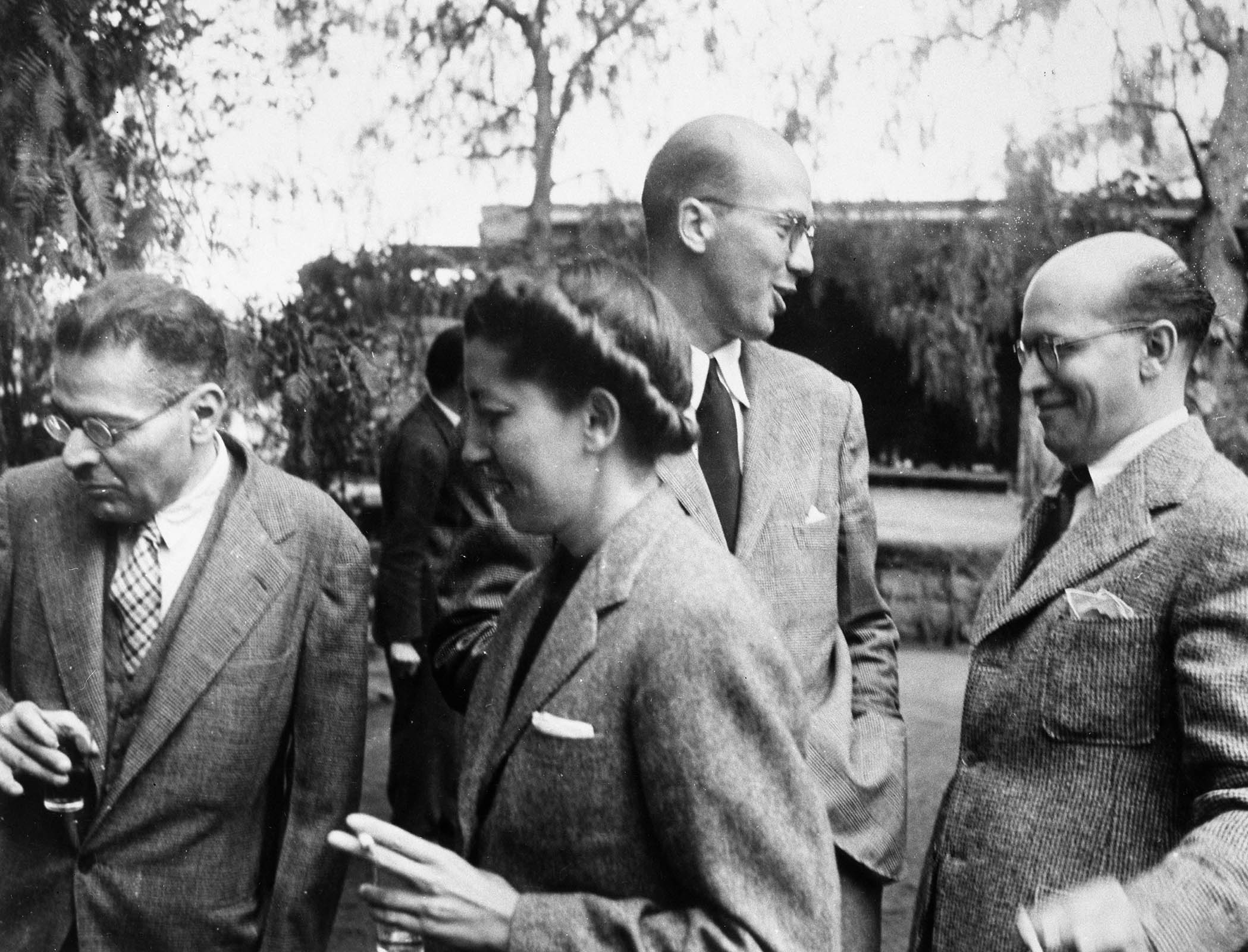
1944
After seeing some of Armando Salas Portugal’s photographs in an exhibition at the Palacio de Bellas Artes, Barragán asks the photographer to shoot his house and garden, beginning a fruitful collaboration that will continue over the next three decades.
1945
Barragán conceives the plan to develop the volcanic area of El Pedregal de San Ángel.
For the related business and real estate operations, Barragán and the entrepreneur José Alberto Bustamante establish the company Jardines del Pedregal de San Ángel, SA.
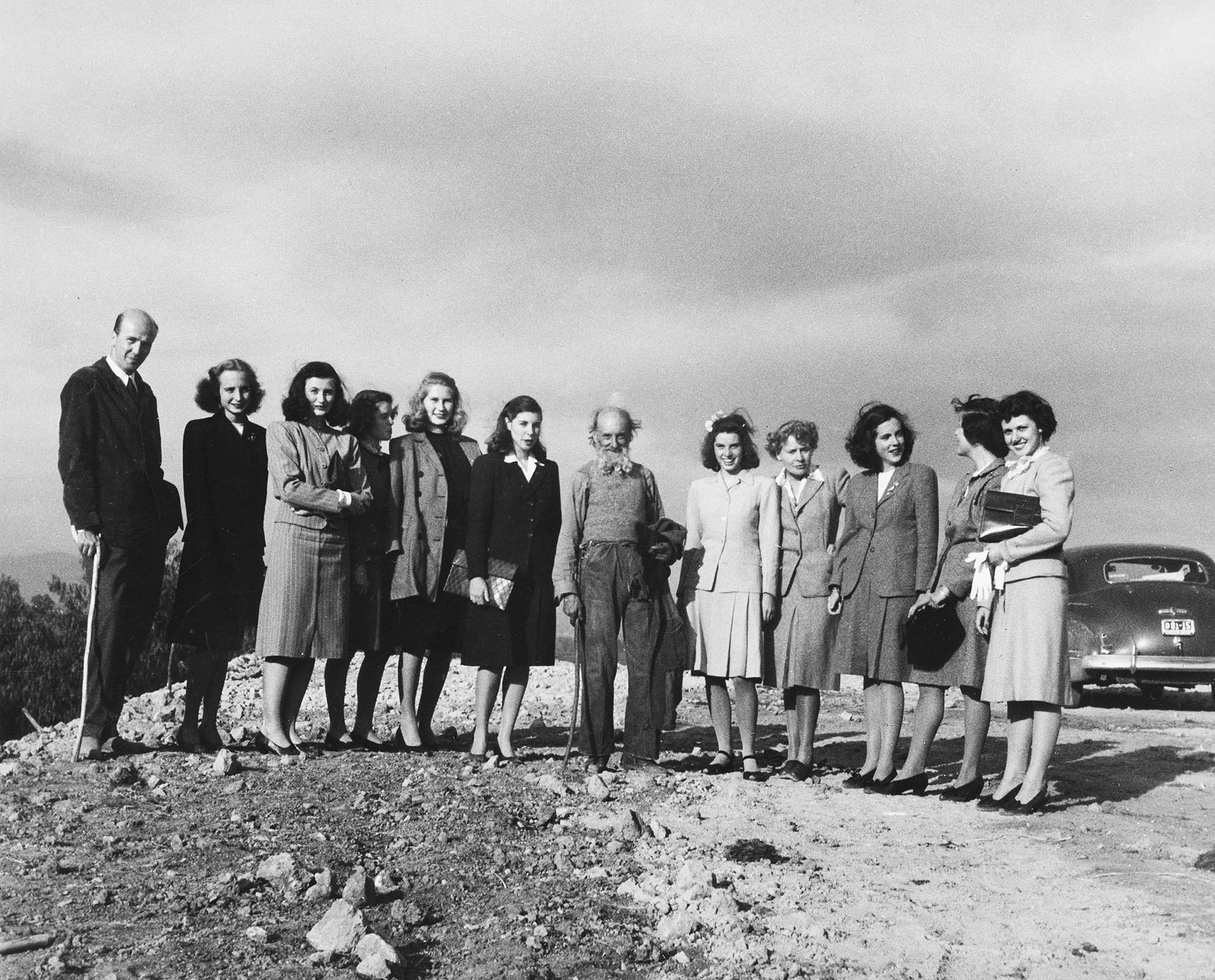
1947
Barragán sells his home at 20 Calle Ramírez and begins to design a new residence located on the adjacent property.
1948
Barragán moves into his new house at 14 Calle Ramírez. The Barragán House, complemented by the studio at number 12 on the same street, will serve as the architect’s residence for the rest of his life.
The magazine Espacios is founded, with an editorial board including Barragán and other important figures from the Mexican capital’s cultural and artistic circles. The magazine becomes a promotional tool for the Jardines del Pedregal enterprise.
Barragán designs the Prieto López House in the Jardines del Pedregal development.
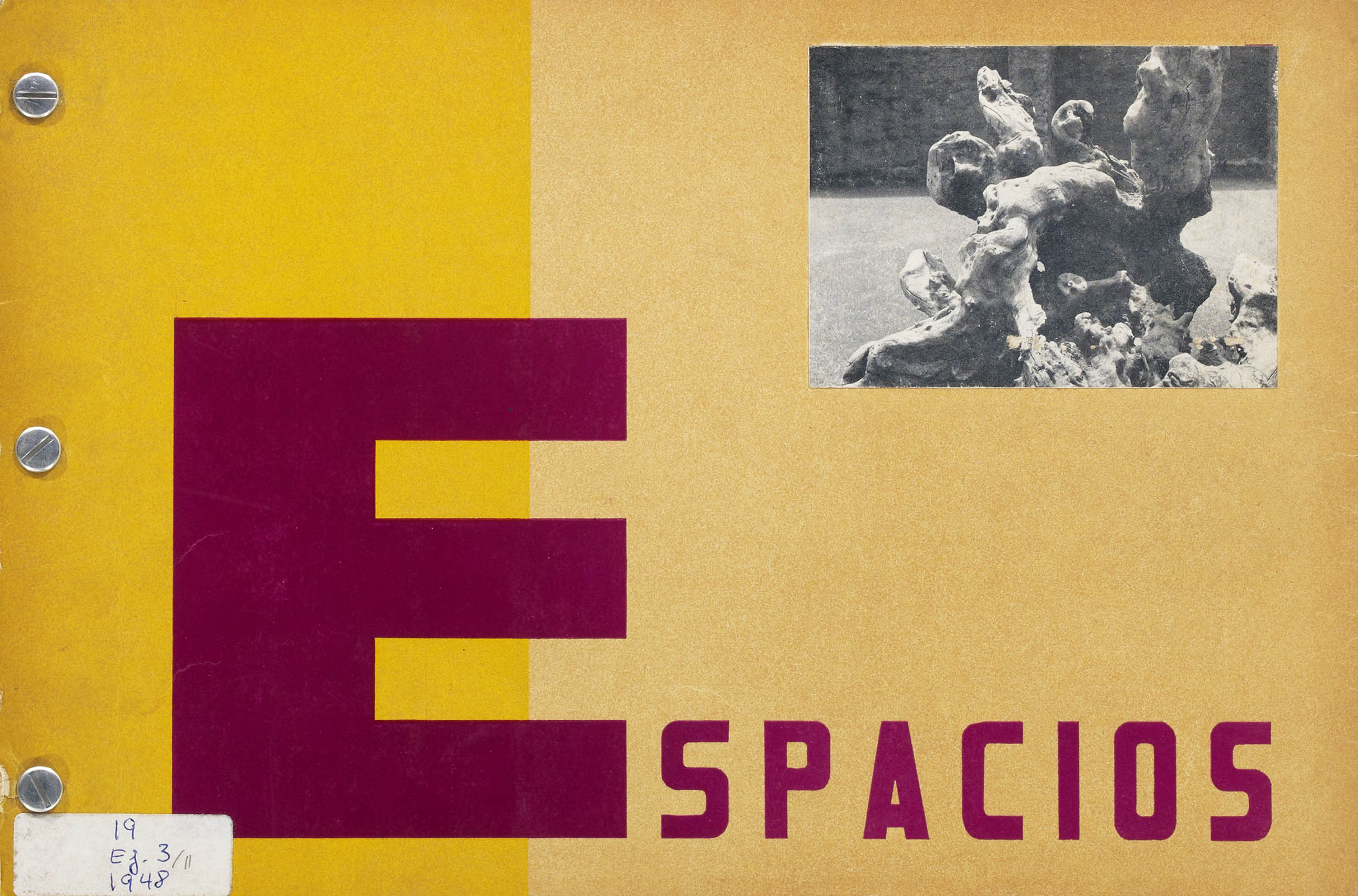
1949
Barragán meets the German artist Mathias Goeritz, establishing a friendship that will involve frequent collaboration into the late 1960s.
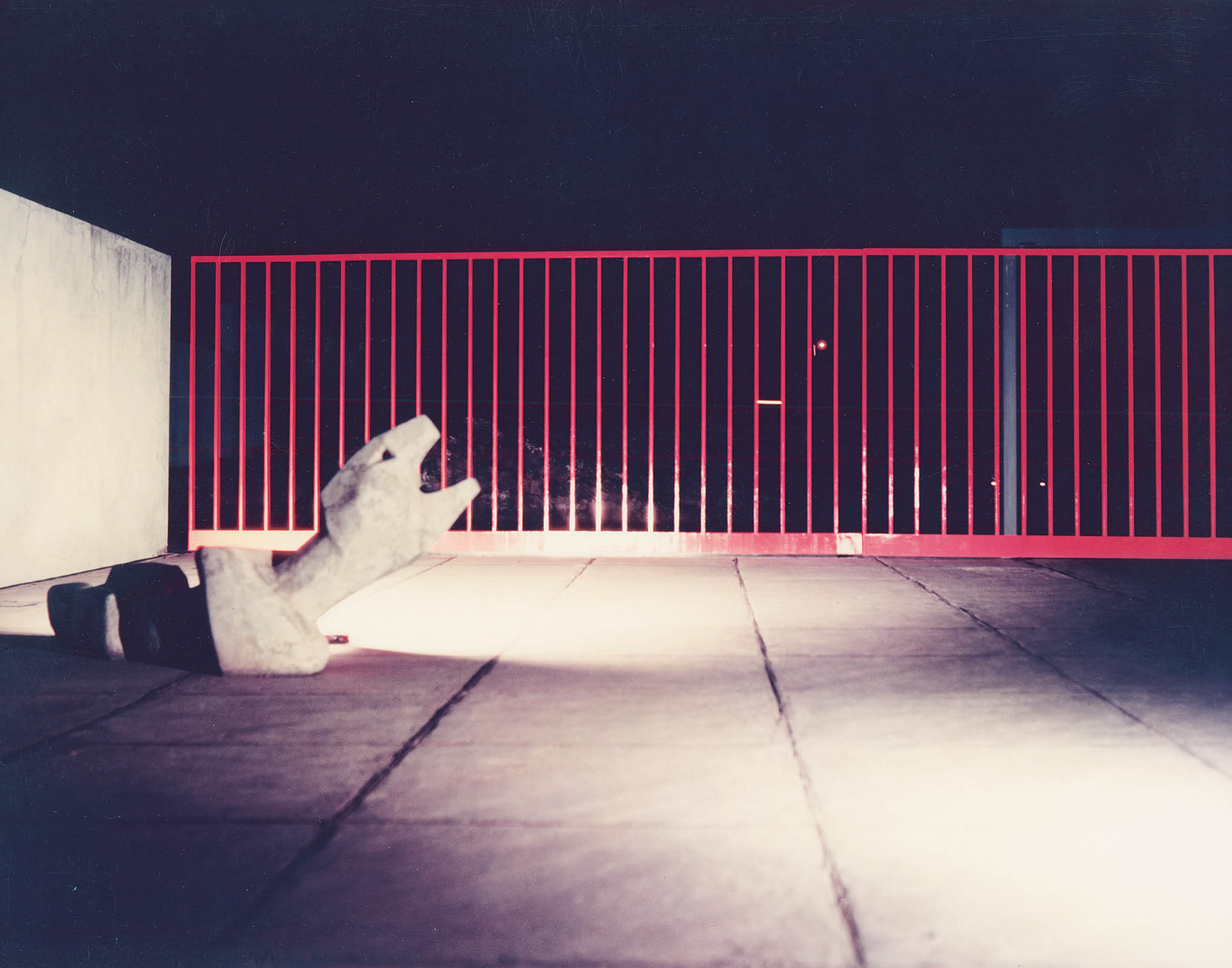
1951
The architect Carlos Contreras invites Barragán to lecture on the Jardines del Pedregal project before the California Council of Architects and the Sierra Nevada Regional Conference, held in Coronado, California.
1952–1953
During a sabbatical, Barragán travels for a year and a half through Europe and North Africa.
1952
From 10 to 13 July, Barragán and Justino Fernández are in Stockholm, Sweden, on the occasion of the annual congress of the International Federation of Landscape Architects. Barragán’s continuing journey takes him to countries including Portugal, France, Norway, England, Holland, Belgium, Greece and Austria.
In December, Barragán travels from Spain to Morocco.

1955
The Barragán House is featured in the exhibition Latin American Architecture Since 1945, curated by Henry-Russell Hitchcock and Arthur Drexler at the Museum of Modern Art (MoMA) in New York City.
1957
Barragán is commissioned by Mario Pani and the Banco Internacional Inmobiliario real estate company to create a landmark for the southern entrance to Ciudad Satélite, a new residential development in Naucalpan de Juárez, north of Mexico City. Barragán invites Mathias Goeritz to collaborate on the project, resulting in the jointly designed Torres de Satélite.
Barragán and fellow investors found the development company Las Arboledas, SA.
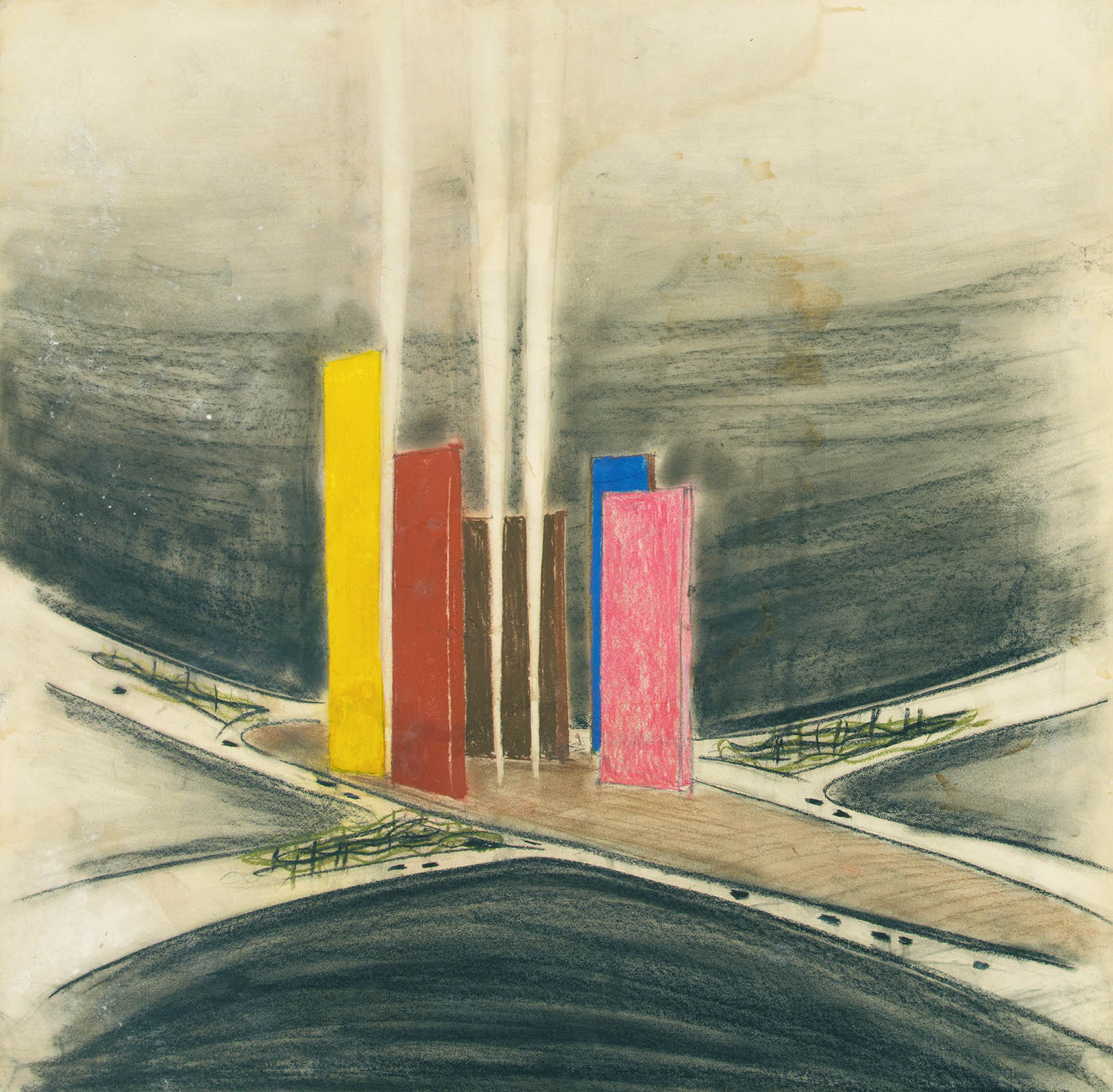
1959
In October, Barragán’s article “Cómo Deben Desarrollarse las Grandes Ciudades Modernas” (How Modern Cities Should Develop) is published in the local newspaper Zócalo. This text elaborates his views on the urban development of Mexico City.
1960
Designed by Barragán, the Capuchin Convent Chapel in Tlalpan is consecrated on 24 April.
Early 1960s
With Barragán’s involvement, equestrian competitions and other promotional activities are organized at Las Arboledas, a residential development designed by Barragán, and at the nearby Club Hípico Francés, both located north of Mexico City in Atizapán de Zaragoza.
1961
A photograph of the iconic cantilever stairs in the Barragán House appears in Bernard Rudofsky’s Stairs exhibition, presented at Harvard University’s Department of Architecture in Cambridge, Massachusetts. The exhibition is reprised in 1963 at the Museum of Modern Art in New York.
1963
Riding his mare Arjala, Barragán wins a cross-country equestrian race at Las Arboledas.

1964
Barragán travels to Europe with his colleague and friend Juan Sordo Madaleno. In Denmark, they visit Copenhagen and its surroundings: Brøndby, Bellahøj and Søllerød. In England, they tour the Welwyn Garden City and the new towns around London, such as Bracknell, Hemel Hempstead, Stevenage and Hatfield. Near Stockholm, Sweden, they visit Vällingby and Farsta. These visits serve as preparation for their collaborative design of Lomas Verdes, a satellite town for 100,000 inhabitants in the municipality of Naucalpan de Juárez, north of Mexico City.
A selection of photographs by Armando Salas Portugal featuring Barragán’s landscape designs is included in Elizabeth B. Kassler’s book Modern Gardens and the Landscape, published by MoMA.
Architect Raúl Ferrera begins working in Barragán’s office.
1965
In January, Louis I. Kahn contacts Barragán seeking his advice for the design of the courtyard at the Salk Institute for Biological Studies in La Jolla, California.
1966
On 24 February, Barragán visits the Salk Institute site with Louis I. Kahn.

1967
Barragán visits Anni and Josef Albers in their studio in New Haven, Connecticut. A few days later, the artists introduce the work of Barragán to Arthur Drexler, director of the Department of Architecture and Design at MoMA.
1968
Barragán is interviewed for the 100th issue of the journal Arquitectura México. The April/July issue includes interviews with fourteen of Mexico’s most important contemporary architects.
Following a disagreement with the artist Mathias Goeritz concerning the authorship of the Torres de Satélite, Barragán produces a memorandum clarifying his role in the project, which is sent to friends and colleagues.
1972
Barragán is a founding member of the Mexican Society of Landscape Architects, established on 18 August in Mexico City. Mario Schjetnan and Carlos Contreras are also founding members, the latter serving as president.
1972–1973
Barragán designs the monumental Fuente Roja fountain with his friend and colleague Ricardo Legorreta. Conceived for the satellite town of Lomas Verdes, the fountain is never built.
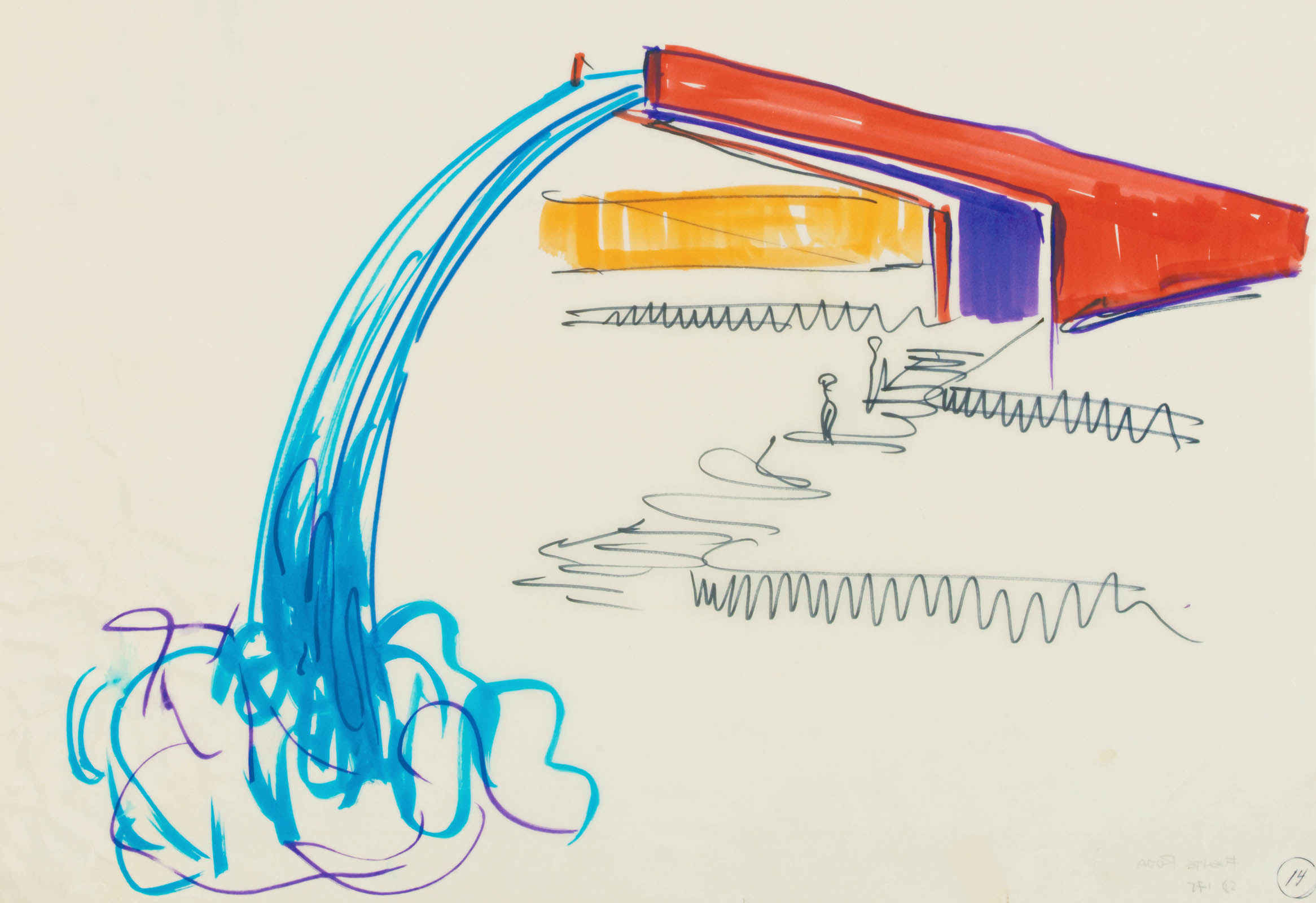
1974
Barragán is elected as an Honorary Fellow of the American Institute of Architects (AIA), headquartered in Washington, DC.
In spring, Barragán receives a visit from Emilio Ambasz, who is preparing an exhibition on Barragán’s work at the Museum of Modern Art in New York.
1976
Curated by Emilio Ambasz, an exhibition dedicated exclusively to Barragán runs at MoMA from 4 June to 1 September. The show is accompanied by a publication entitled The Architecture of Luis Barragán. As the first monographic work on the architect, it offers a thematic interpretation of his oeuvre.
In November, Barragán is awarded the National Prize for Arts and Sciences in Mexico City.
1979
Barragán establishes the architectural firm Barragán + Ferrera Asociados with Raúl Ferrera.
In January, the Oakland Art Association of Oakland, California, presents an exhibition of photographs by Armando Salas Portugal featuring Barragán’s works. A review of the exhibition under the title “A Rare Look at an Architect” is published in the San Francisco Chronicle. In the summer, the exhibition is shown at the Mexican Museum in San Francisco.

1980
On 3 June, Barragán is awarded the 1980 Pritzker Architecture Prize. The ceremony takes place in Dumbarton Oaks, Washington, DC. Historian Edmundo O’Gorman reads Barragán’s acceptance speech in English on the architect’s behalf.
Octavio Paz writes an article in the magazine Vuelta deploring the lack of appreciation for Barragán’s work in his homeland.
From 10 October to 28 November, the academic centre Colegio de México presents a photographic exhibition by Alberto Gómez Barbosa dedicated to Barragán’s architecture.
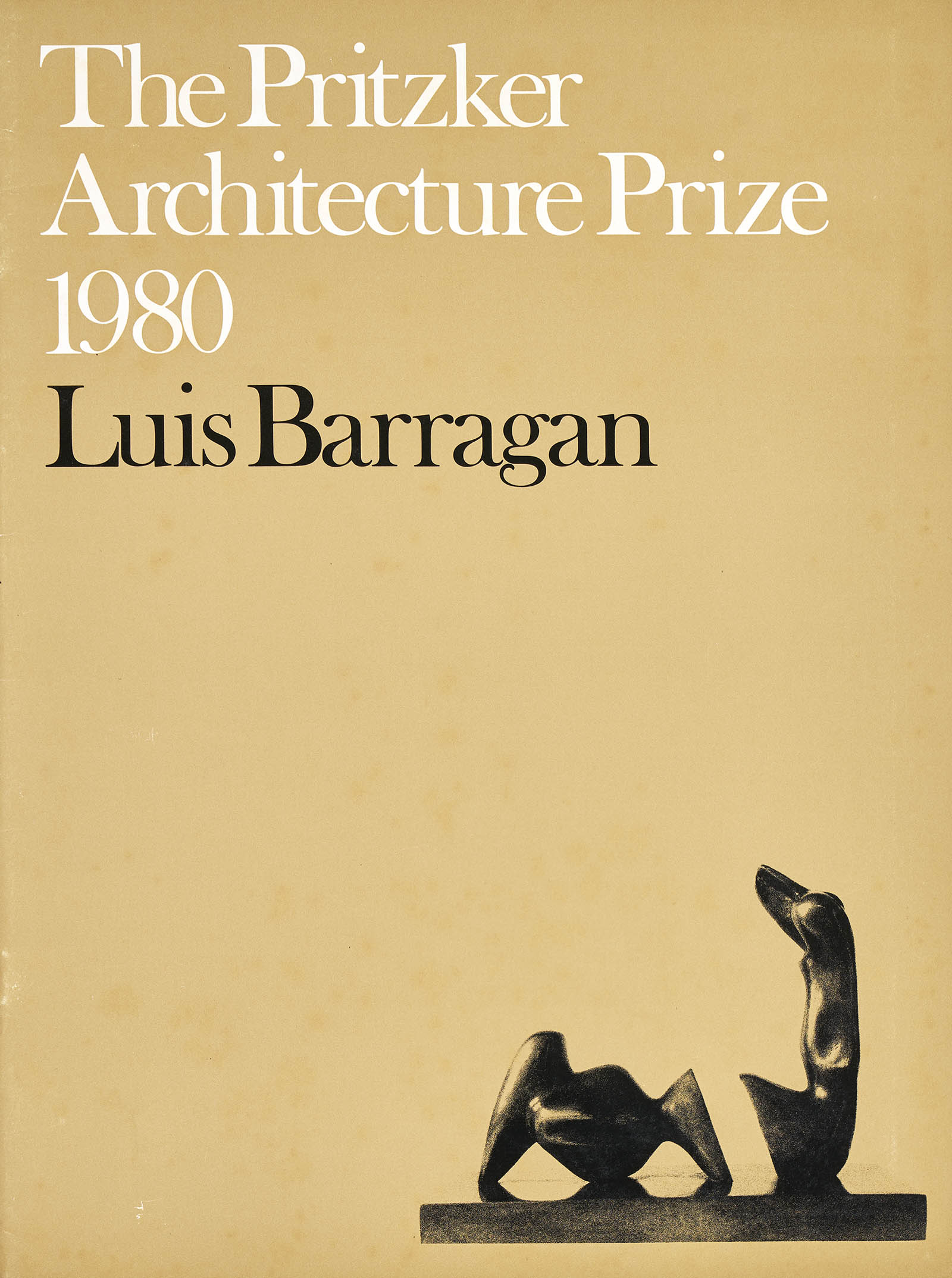
1982
Barragán’s work is included in the exhibition Architecture in Latin America, curated by Jorge Glusberg for the International Building Exhibition in Berlin, Germany. After its initial presentation from 14 June to 14 July, the exhibition travels to further venues at the National Institute of Architecture in Rome, Italy, and the Colegio de Arquitectos in Madrid, Spain.
1983
Barragán withdraws from the daily business of Barragán + Ferrera on 18 March, while continuing to act as a project consultant.
The growing international reputation of the Barragán + Ferrera office is reflected in an invitation, ultimately declined, to submit a proposal for the new J. Paul Getty Center in Los Angeles, California.
1984
Barragán is elected Foreign Honorary Member of the American Academy of Arts and Letters in New York City on 16 May.
In August, Barragán is awarded an honorary doctorate by the Autonomous University of Guadalajara.
1985
On 29 October, the Rufino Tamayo Museum in Mexico City opens a retrospective of Barragán’s work, prepared and designed by the Barragán + Ferrera office.
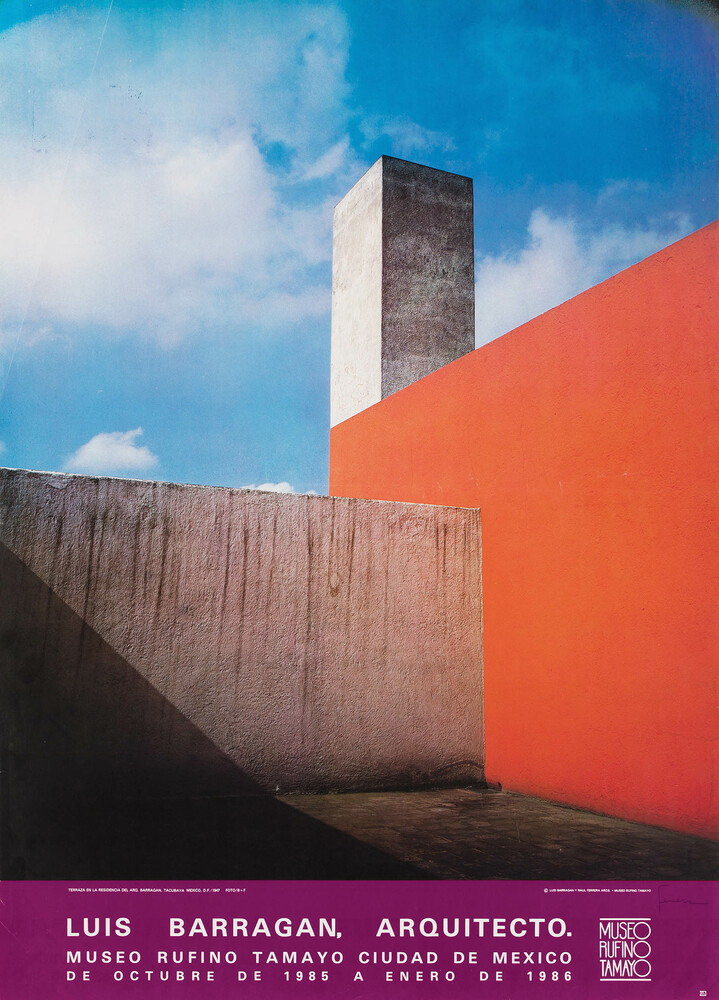
1985
In July, Barragán is awarded the Jalisco Architecture Prize. In November of the same year, he is honoured with the Premio Jalisco, a cultural prize from the State of Jalisco.
1986
Barragán is made an Honorary Fellow of the Royal Institute of British Architects (RIBA), based in London, Great Britain.
1987
Barragán becomes a member of the International Academy of Architecture in Sofia, Bulgaria.
In late summer, an agreement is signed by Mathias Goeritz and Luis Barragán in Mexico City regarding the joint creative authorship of the Torres de Satélite.
1988
On 22 November, Barragán passes away in his home in Mexico City. The architectural office continues to operate under the direction of Raúl Ferrera until his death in 1992. The last project, the Bel-Air Divertimento fountain for a Los Angeles residence, is completed by a local architect.


